More than half a century of creating "weapons" to help save thousands of children's lives every year
Edward Jenner was the first person to discover the smallpox vaccine in 1796 (Photo: Getty Images).
The invention of vaccines by scientist Jenner is a great medical achievement of mankind. Since the invention of vaccines, mankind has had the sharpest and most effective "weapon" to actively prevent dangerous infectious diseases.
In essence, vaccination is the use of vaccines to stimulate the body to produce specific active immunity to fight a certain infectious disease.
Over the years, Vietnam has continuously improved its national vaccination system to prevent dangerous epidemics. Currently, there are about 30 infectious diseases that can be prevented by vaccines.
Professor Hoang Thuy Nguyen was the one who laid the foundation for the Vietnamese vaccine production industry. In 1962, the health sector did not have a vaccine testing center, so to prove the safety of using the Sabin vaccine, Professor Nguyen and the then Minister of Health Pham Ngoc Thach each took 50 test doses and were still safe.
The history of Vietnamese vaccines began in 1962, with the production of the Sabin live attenuated polio vaccine. This was the result of assistance from experts from the former Soviet Union and the efforts of Professor Hoang Thuy Nguyen, former Director of the National Institute of Hygiene and Epidemiology. In the context of war and poor medical conditions, domestic vaccine production was a breakthrough that helped save the lives of thousands of children each year.
Associate Professor, Dr. Duong Thi Hong, Deputy Director of the National Institute of Hygiene and Epidemiology, shared that in 1959-1960, our country had a large polio outbreak in the northern provinces, 17,000 people got sick and 500 people died. Every year, thousands of children suffer from lifelong polio, the incidence rate is up to over 126/100,000 people.
In 1959-1960, our country had a large polio outbreak in the northern provinces (Photo).
During that difficult time, in 1961, thanks to vaccines supported by the former Soviet Union, the polio rate in our country dropped to 3.09/100,000 people. However, to proactively prevent polio, the then Minister of Health, Dr. Pham Ngoc Thach, was very determined in directing the proactive production of vaccines.
In 1962, the first batches of "made-in-Vietnam" polio vaccine were officially released. In the following years, the rate of people with polio decreased significantly. Since 1990, the rate of children under one year old receiving three doses of polio vaccine has been maintained at over 90%.
Following that success, Vietnam has gradually been able to proactively produce many types of vaccines such as hepatitis B vaccine from human plasma, recombinant hepatitis vaccine, Japanese encephalitis vaccine, oral cholera vaccine, hepatitis A vaccine, measles vaccine, diphtheria, whooping cough, tetanus vaccine, Rota vaccine...
Vaccine and Biological Products Company No. 1 (Vabiotech), with more than 25 years of establishment and development, from the cradle of research and application of science and technology in the prevention of infectious diseases of the Central Institute of Hygiene and Epidemiology to now, Vabiotech has become one of the leading companies in Vietnam in the field of research, production and trading of vaccines and biological products for human use.
In its history, the company has successfully produced vaccines against cholera, Japanese encephalitis, hepatitis B, and hepatitis A. In particular, the first generation Japanese encephalitis vaccine has been successfully produced and included in the Expanded Immunization Program since 1997.
This has contributed to reducing the incidence of Japanese encephalitis, mortality and neurological sequelae, and reducing the burden of disease on people and society. This is also the first Vietnamese vaccine to be exported abroad (4,490,000 doses to India).
Currently, the company has a production facility that meets WHO-GMP standards and is producing four types of vaccines including hepatitis A vaccine, hepatitis B vaccine, Japanese encephalitis vaccine and oral cholera vaccine.
Thus, it can be said that currently Vietnam is one of the very few countries that can produce vaccines to prevent epidemics.
Deputy Minister of Health Nguyen Thi Lien Huong said that the expanded vaccination program, which has been implemented since 1985 in 100% of communes and wards nationwide, is a great success for Vietnam. It has helped reduce hundreds to thousands of times the number of people infected with certain epidemics such as diphtheria, whooping cough, measles, etc. compared to the years before the program was launched.
Provide free vaccination for children and pregnant women with 12 types of vaccines with the full vaccination rate always reaching a high level of over 90% and gradually introducing new vaccines into the Expanded Immunization Program. Currently, Vietnam can produce 10/12 types of vaccines, contributing to reducing the incidence of vaccine-preventable diseases by hundreds to thousands of times and eliminating some infectious diseases.
As a result, polio was eradicated in 2000 and neonatal tetanus was eliminated in 2005. Vietnam is also moving towards eliminating measles and hepatitis B in children under 5 years old and has maintained a vaccination rate of over 95% for many years.
Regarding vaccine security, in the coming time, the Ministry of Health will coordinate with the Ministry of Finance and relevant agencies to develop and submit to the Government for decision mechanisms on vaccine prices, increase investment, and support domestic vaccine production enterprises. This is to take the initiative in production technology and vaccine production for the Expanded Immunization Program as well as vaccines for emerging diseases, ensuring sufficient and timely vaccines to protect people and the community.
When the world needs a new "weapon" - the race amid the pandemic
At the end of 2019, when the first cases of SARS-CoV-2 were reported in Wuhan, China, the world had yet to fully comprehend the devastation it would cause. In just two years, the Covid-19 pandemic has claimed the lives of some 7 million people and disrupted every aspect of global life.
In that context, countries and major pharmaceutical companies have entered an unprecedented race to develop vaccines. With rapid development speed, the first vaccines were born after only a few months, but most of them came from countries with developed pharmaceutical industries such as the US, UK, China...
Vietnam - despite being behind - is not out of the race. With the desire to proactively source supplies and ensure national health security, domestic scientists have embarked on the journey to develop a "made-in-Vietnam" vaccine.
As one of the four units researching and producing Covid-19 vaccines since the end of 2020, Vaccine and Biological Products Company No. 1 (Vabiotech) has chosen to develop a new technology of recombinant protein virus vector based on the Baculo virus platform, which is a virus that does not cause disease in humans, the SARS-CoV-2 antigen is expressed on the surface of the Baculo virus.
What is special is that this technology is also the premise for developing many other types of vaccines to prevent diseases for humans in the future by attaching the gene encoding the antigen of the pathogen to the Baculo virus.
Besides, there are also Nanogen's sub-product vaccine (Nanocovax vaccine), Ivac's mosaic vaccine (Covivax vaccine), and Vingroup's saRNA vaccine (ARCT-154 vaccine).
Ivac’s mosaic vaccine is also quite new. Scientists take the spike of the virus and insert it into another virus, in this case Newcastle disease, which is a virus that infects chickens but does not cause disease in humans. When Ivac uses this technology, they can use the technology currently used to develop flu vaccines.
Vaccine Export - From Dream to Reality
Vietnam exported the first 4,449,000 doses of Japanese encephalitis vaccine to India and now Vabiotech Company's vaccine has been exported to several other countries such as East Timor, South Korea, Myanmar...
Since 2015, Vietnam has been recognized by WHO as meeting the National Vaccine Regulatory Authority (NRA) standards, officially joining the group of countries qualified to export vaccines.
Just one year later, in 2016, Vietnam marked an important milestone on the map of vaccine-producing countries when it produced a high-quality measles-rubella (MR) combination vaccine using Japanese technology. At this time, Vietnam was one of 25 vaccine-producing countries in the world and the fourth country in Asia to produce MR vaccines after Japan, India and China.
Since 2015, Vietnam has officially joined the group of countries eligible to export vaccines (Photo: CT).
The introduction of the MR 2-in-1 measles-rubella vaccine produced in Vietnam into the Expanded Immunization Program helps reduce costs when importing from abroad. Since April 2018, the MR vaccine produced in Vietnam has been used nationwide for children from 18 months of age in the Expanded Immunization Program.
2018 also marked the next major achievement of the Vietnamese health sector in successfully producing a 3-in-1 seasonal flu vaccine including influenza A/H1N1/09, A/H3N2, influenza B and pre-pandemic influenza A/H5N1. This is the first influenza vaccine produced in Vietnam, contributing to proactive disease prevention and cost reduction.
One of the outstanding achievements of the Vietnamese health sector in 2023 is that the Center for Research, Production and Medical Biologicals (Polyvac) (Ministry of Health) successfully exported one million doses of MVVac measles vaccine to India.
Previously, the vaccine was transferred technology from Japan and put into use in expanded immunization in Vietnam since 2009. MVVac is being used in both the expanded immunization program and the service program, vaccinating children from 9 months old.
Vabiotech has also exported millions of doses of vaccines such as Japanese encephalitis vaccine, hepatitis A vaccine, and oral cholera vaccine to markets in India, the Philippines, Bangladesh, East Timor, and Lebanon.
Vision to 2030 - Mastering 15 types of vaccines
The development of vaccine technology based on messenger RNA (mRNA) has opened a revolutionary era in the medical field (Photo: ST).
Vietnam currently has 4 state-owned enterprises producing vaccines, many private units that meet GMP standards and have mastered the technologies for producing inactivated, detoxified, and subunit vaccines...
However, Vietnam still mainly produces single-price vaccines, lacks combination vaccines, and has limited investment in research. To become a regional vaccine production center, Vietnam needs to develop high-quality human resources, expand production facilities, and improve financial and pricing policies.
The Vietnamese Government has approved the Vaccine Supply Assurance Program until 2030, with the goal of mastering the technology to produce 15 types of vaccines by 2030; producing at least 5 types of vaccines; and ensuring that domestically produced vaccines meet standards equivalent to international standards.
To realize the goal, the health sector focuses on developing high-quality human resources, building GMP-standard factories, perfecting the vaccine quality management system according to WHO, increasing investment in research, and transferring mRNA technology. The Covid-19 pandemic has opened a new era for mRNA technology.
Covid-19 is not only a lesson in health care, but also a warning about national strategy. Without vaccines, there is no strength to prevent epidemics. Producing vaccines on our own will not only help Vietnam prevent epidemics effectively but also affirm our position on the global biotechnology map.
Source: https://dantri.com.vn/suc-khoe/vaccine-made-in-vietnam-nhung-vien-gach-dau-tien-va-giac-mo-xuat-khau-20250429084730376.htm


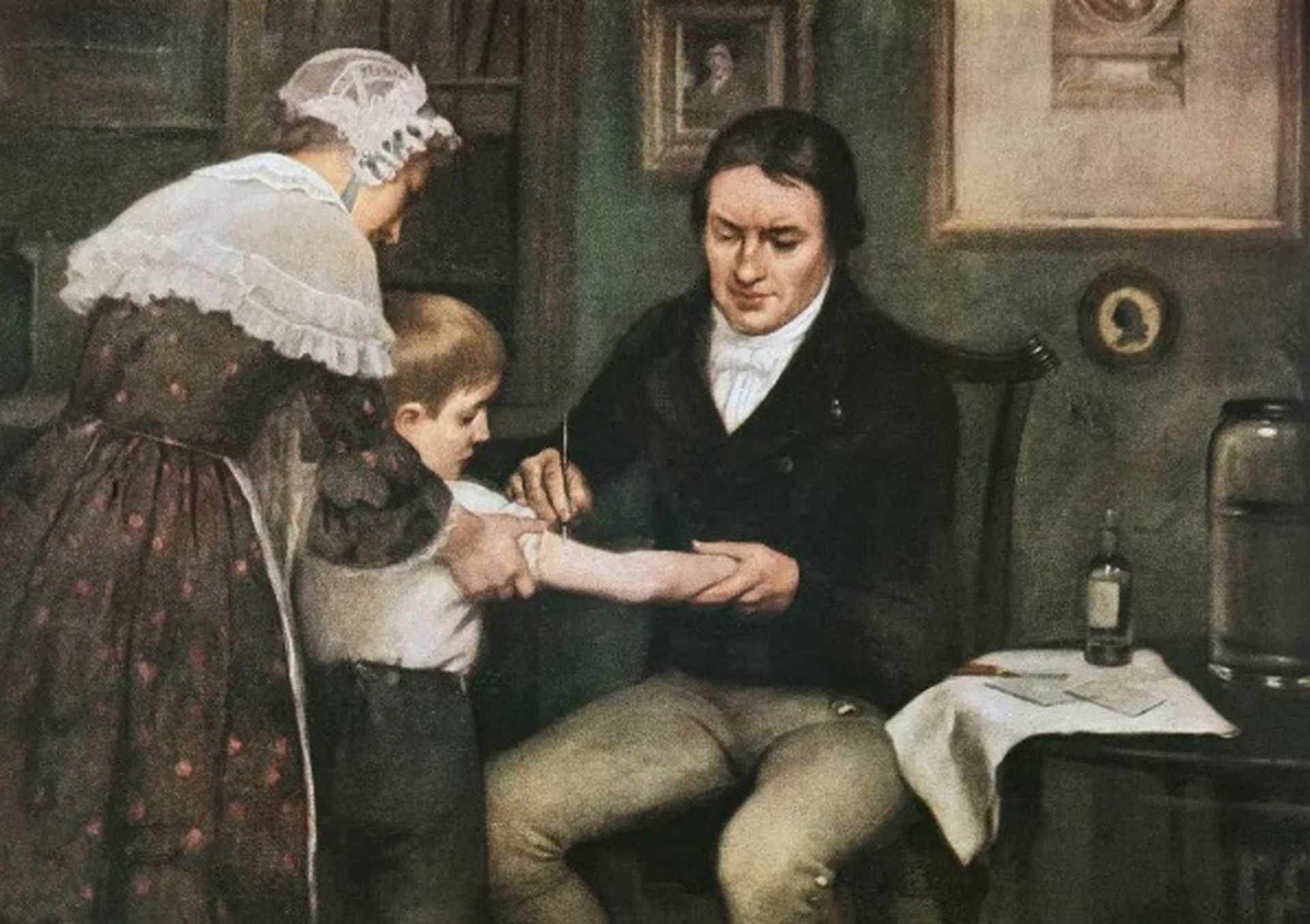
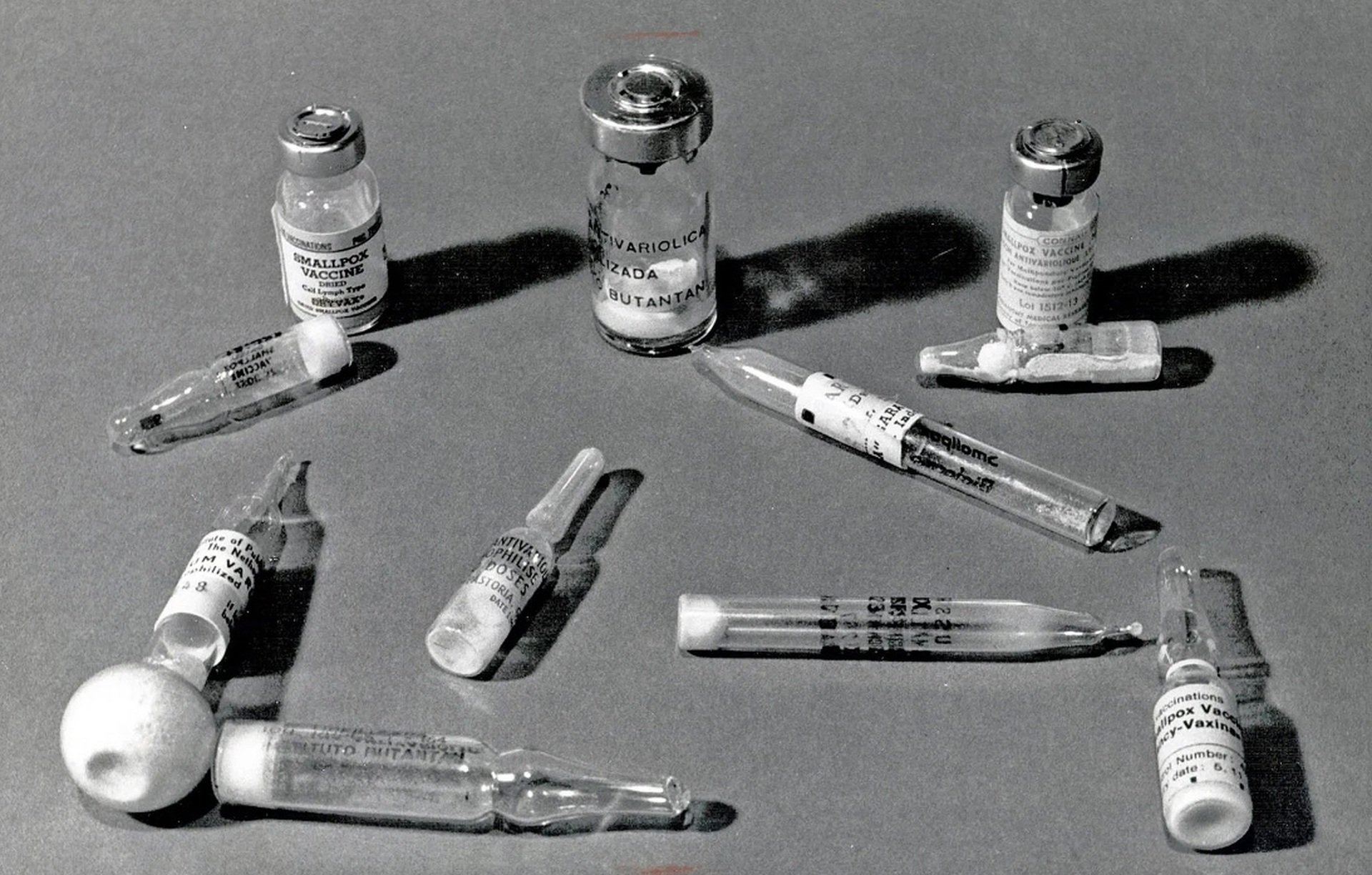
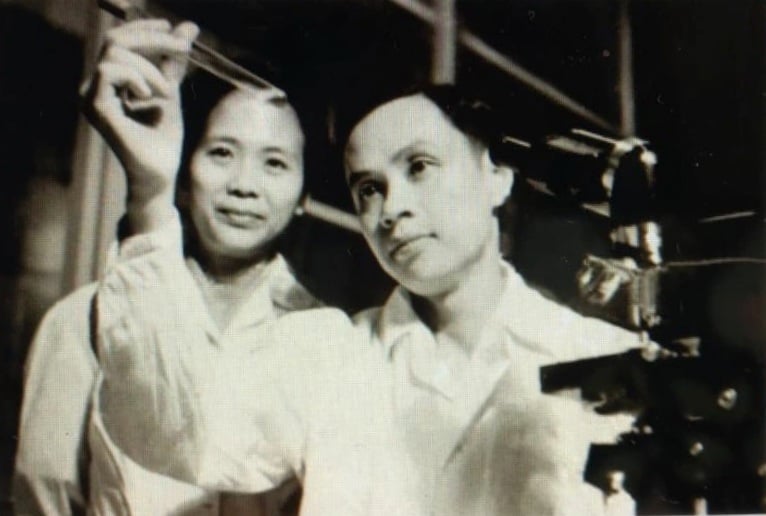
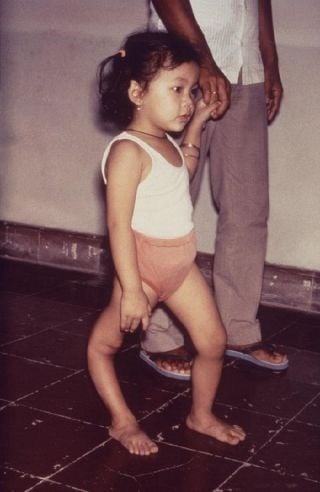
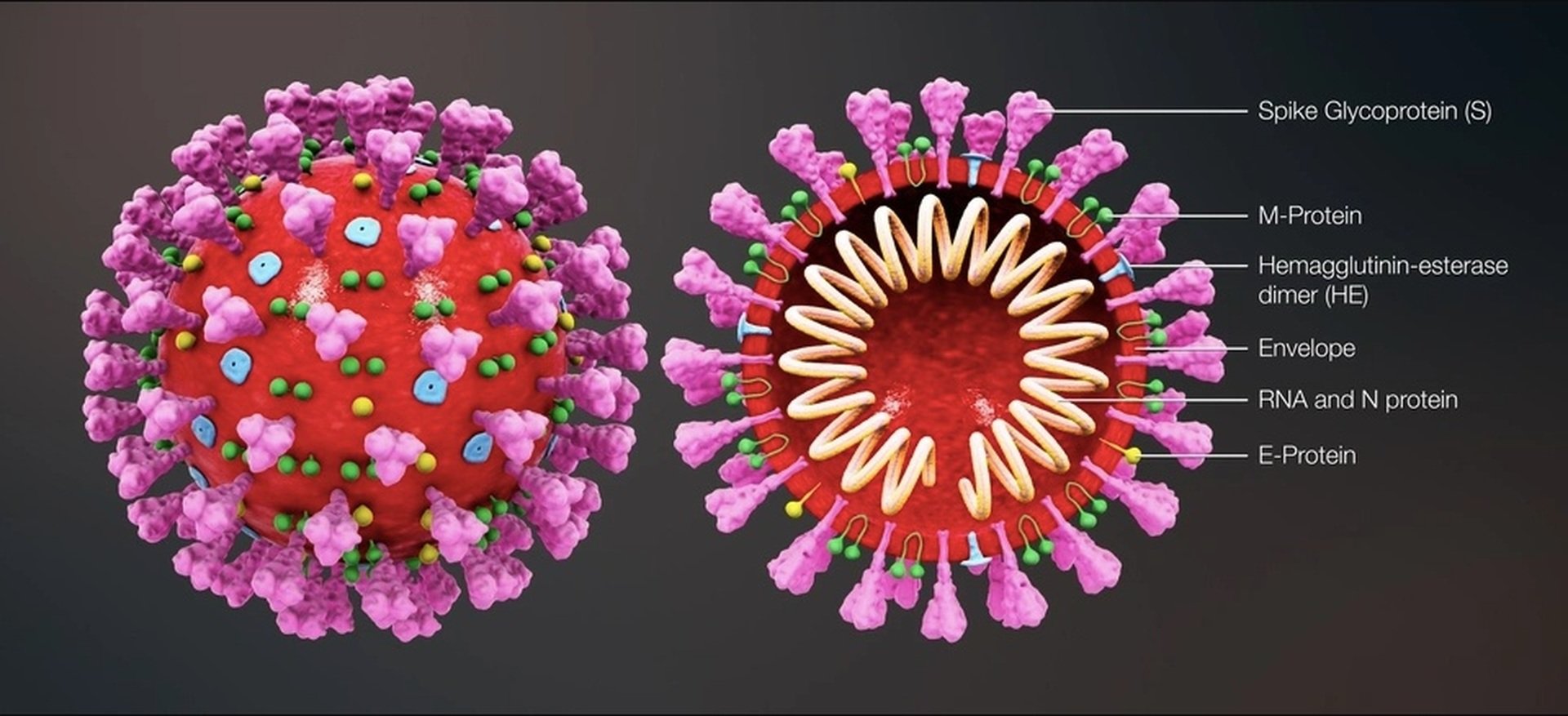
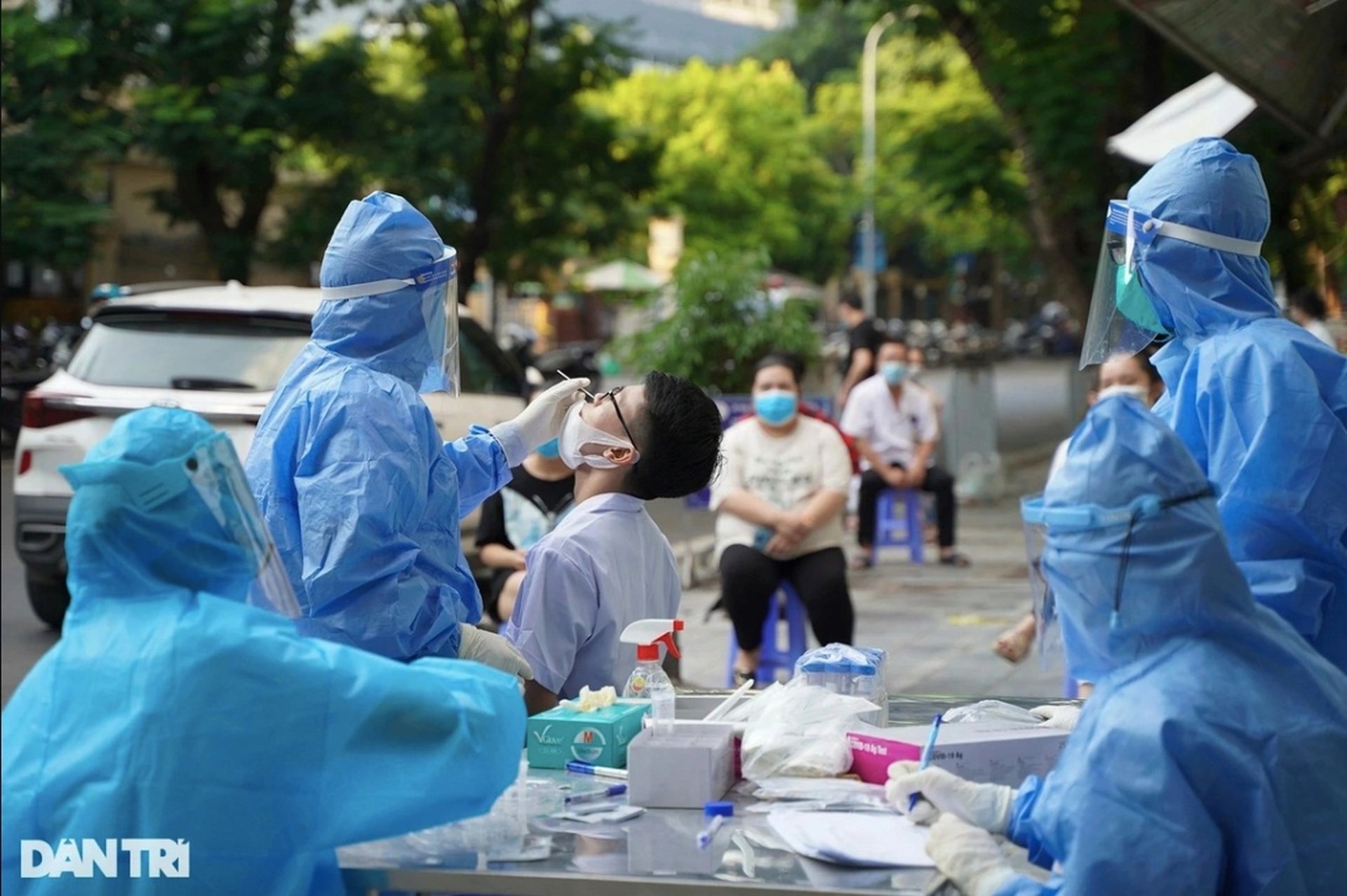
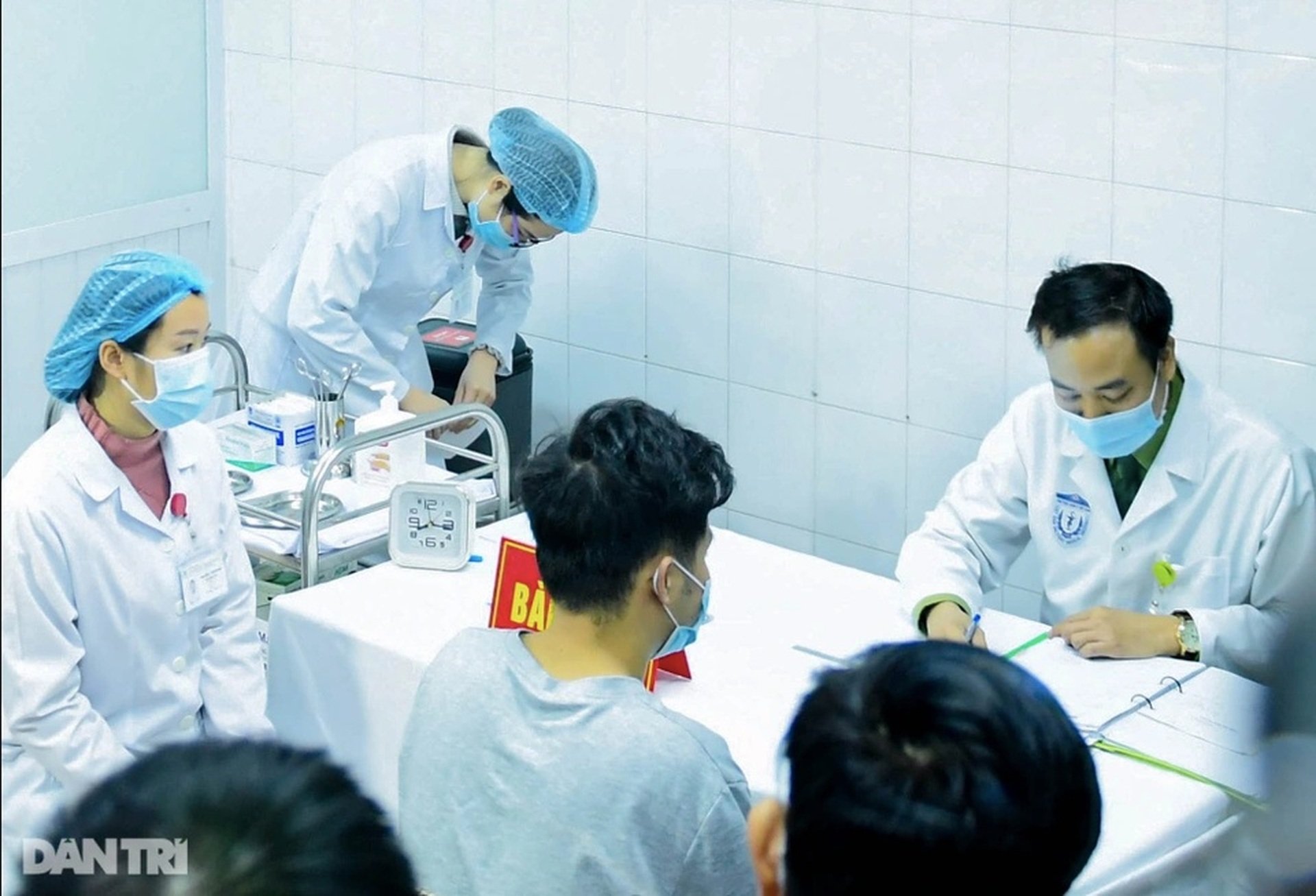
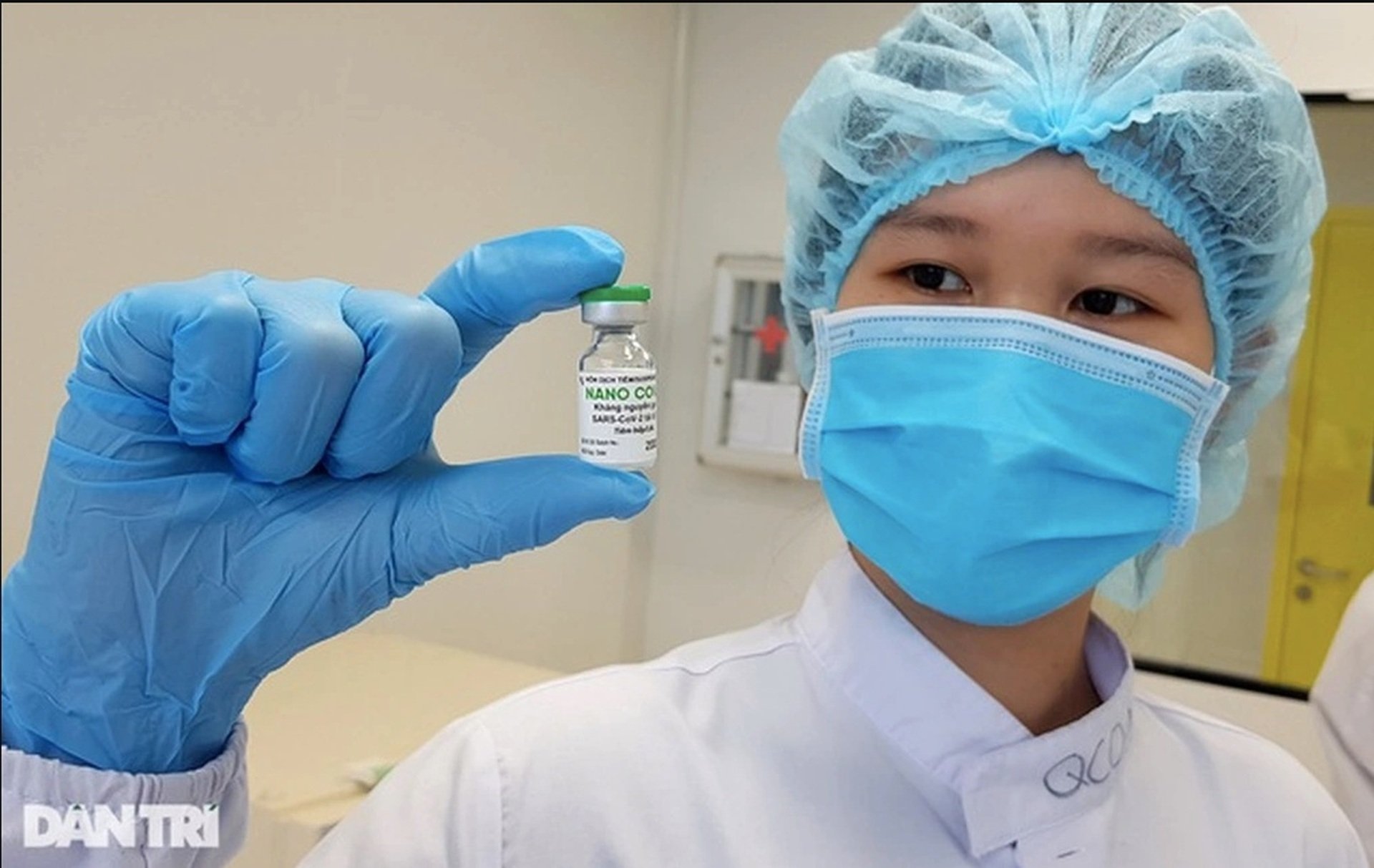
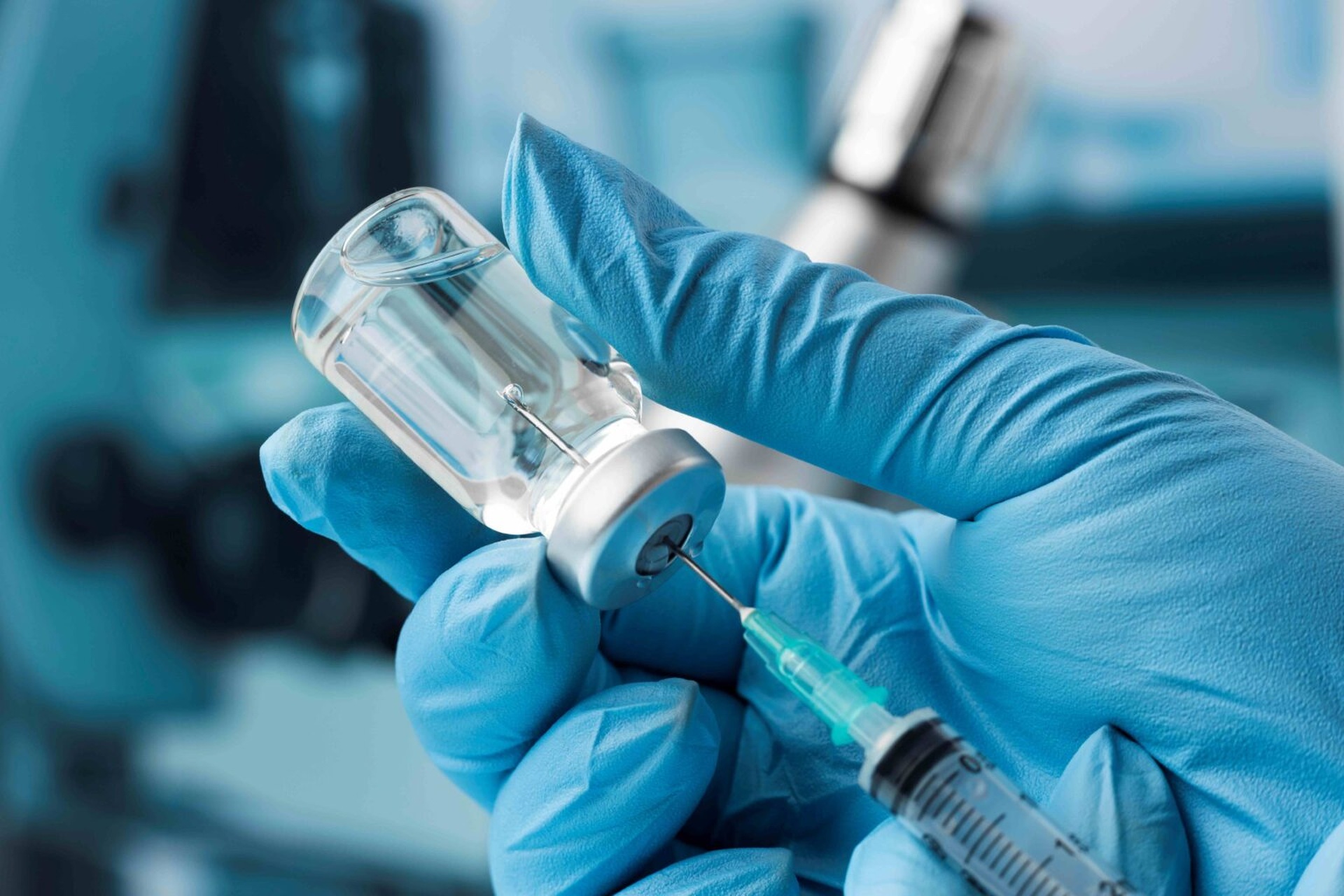
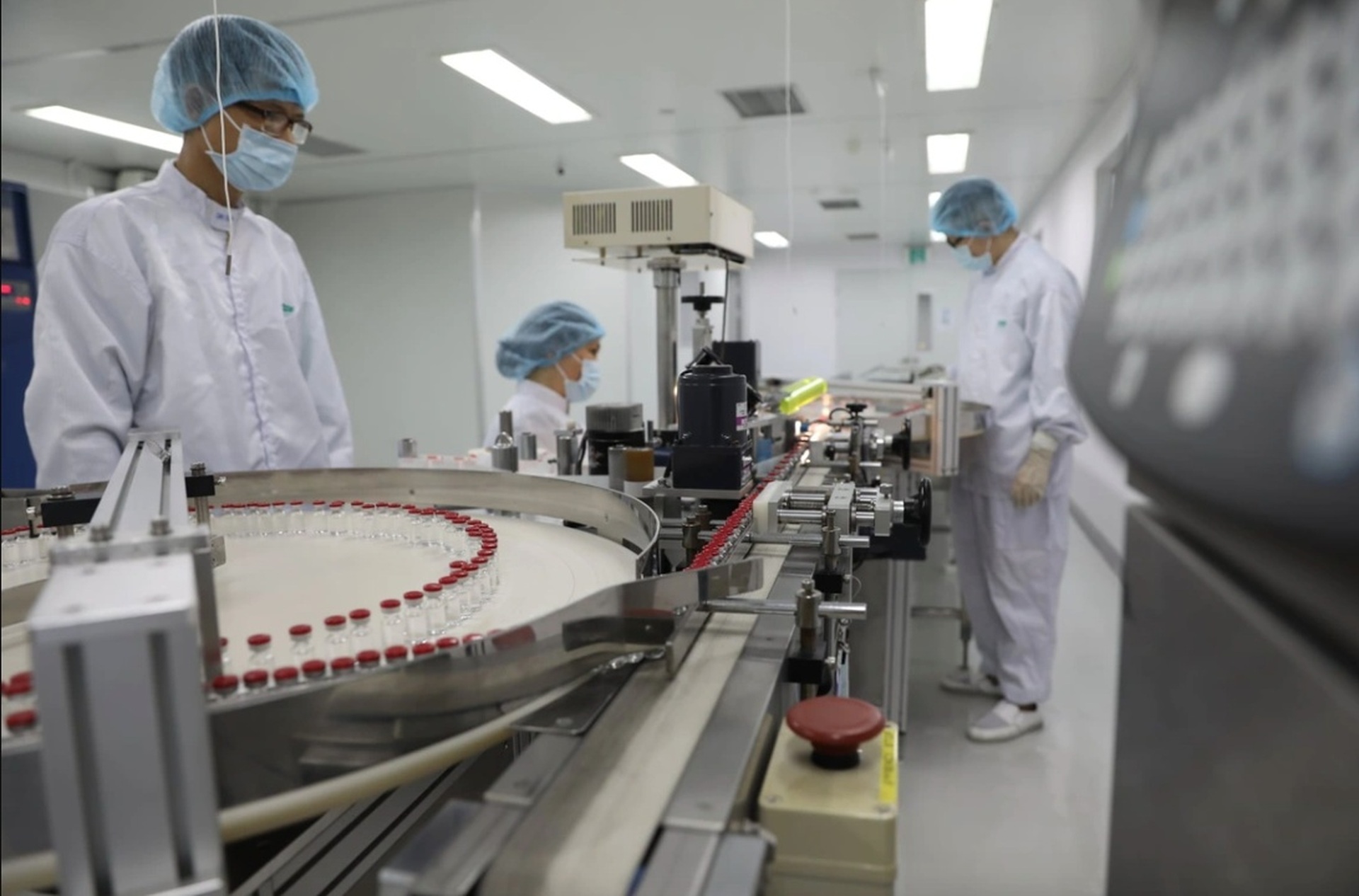



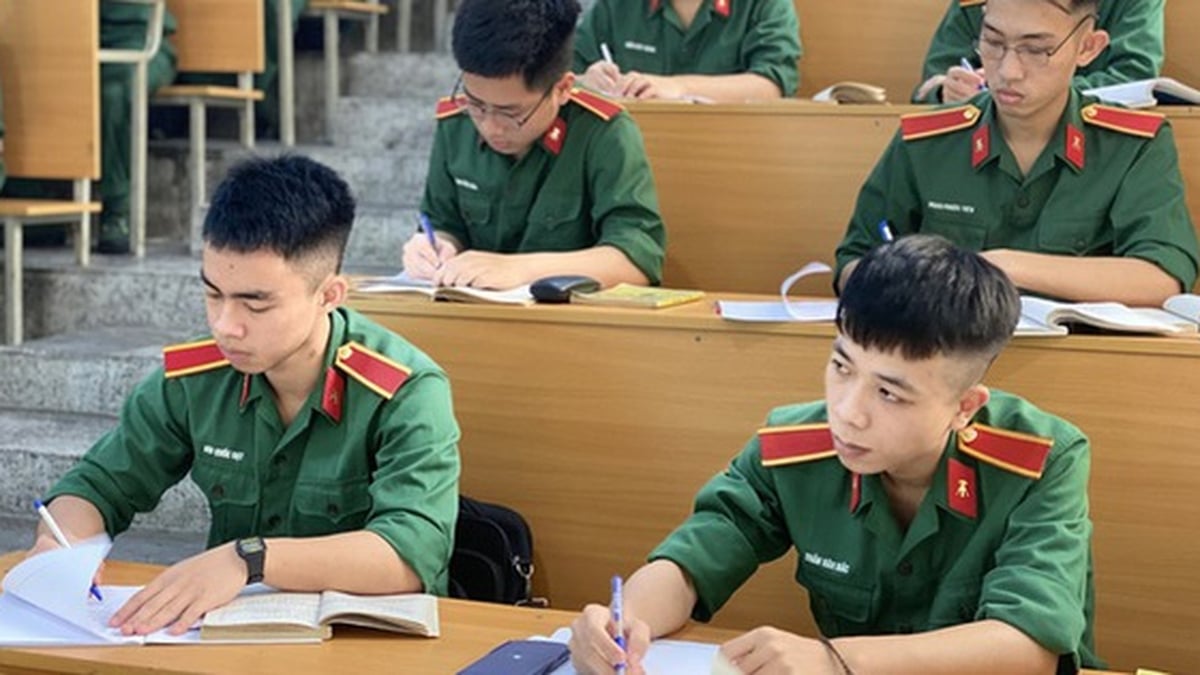
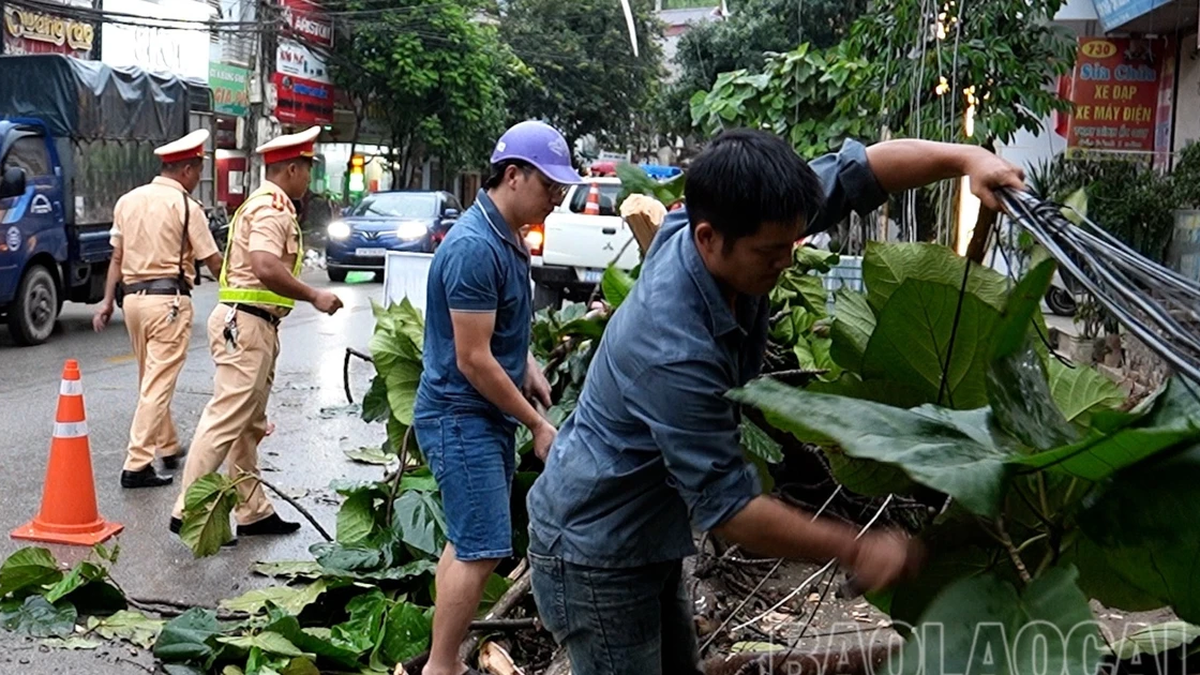

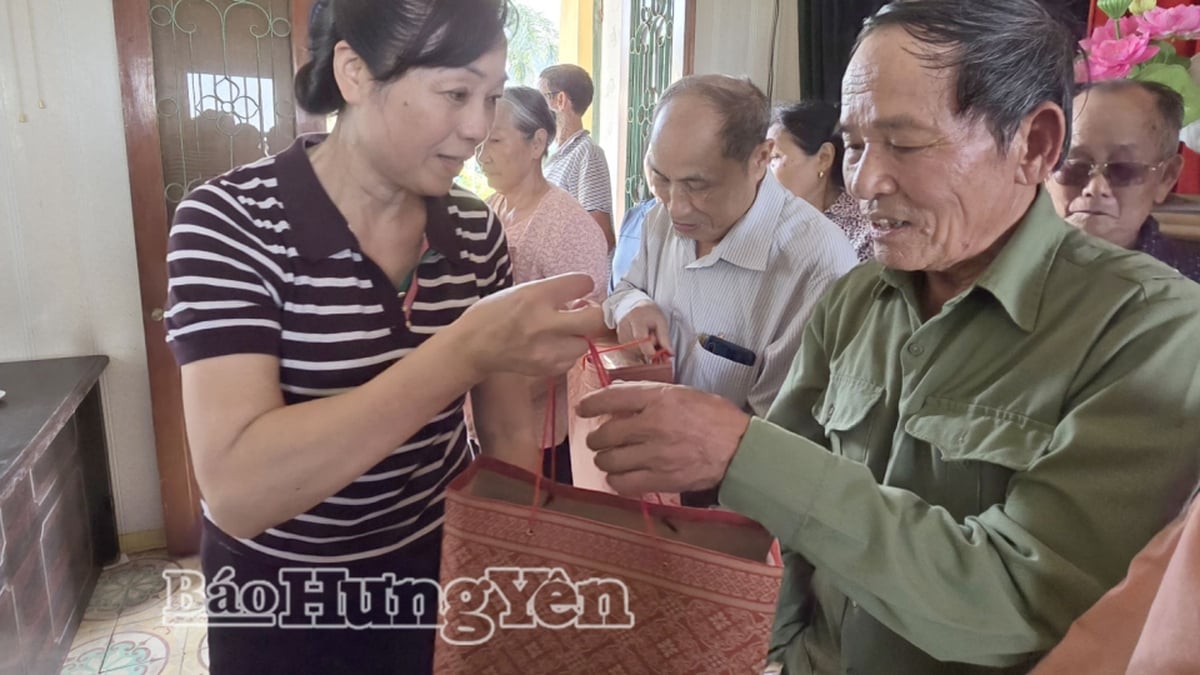
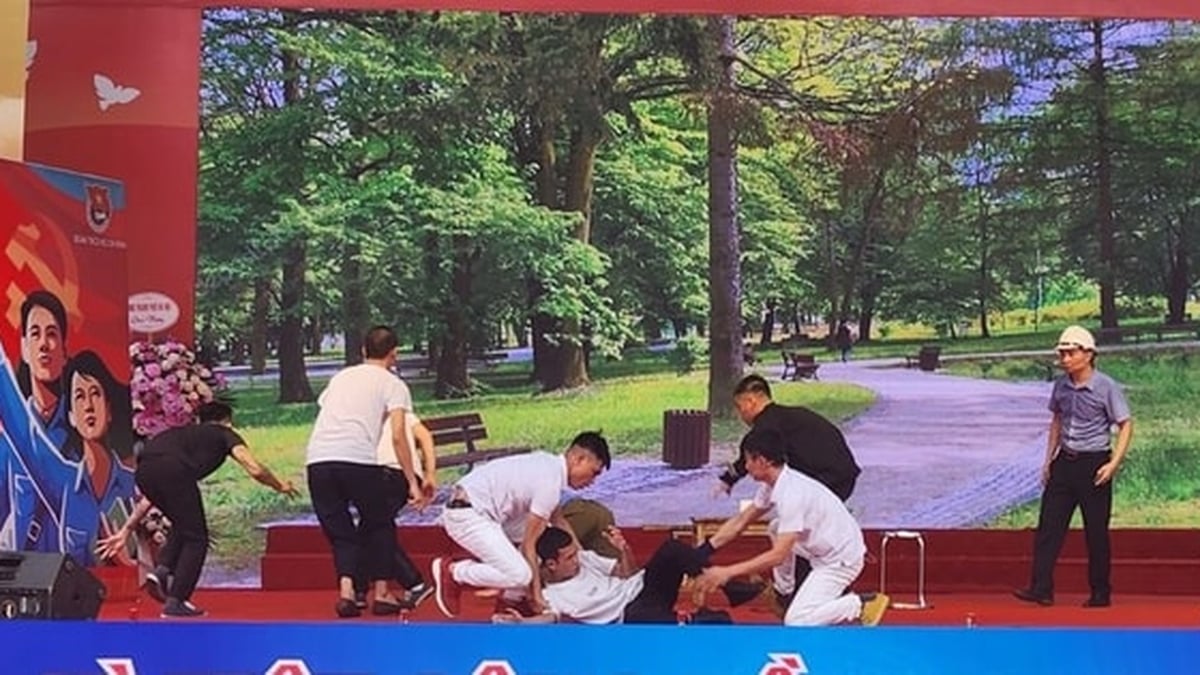
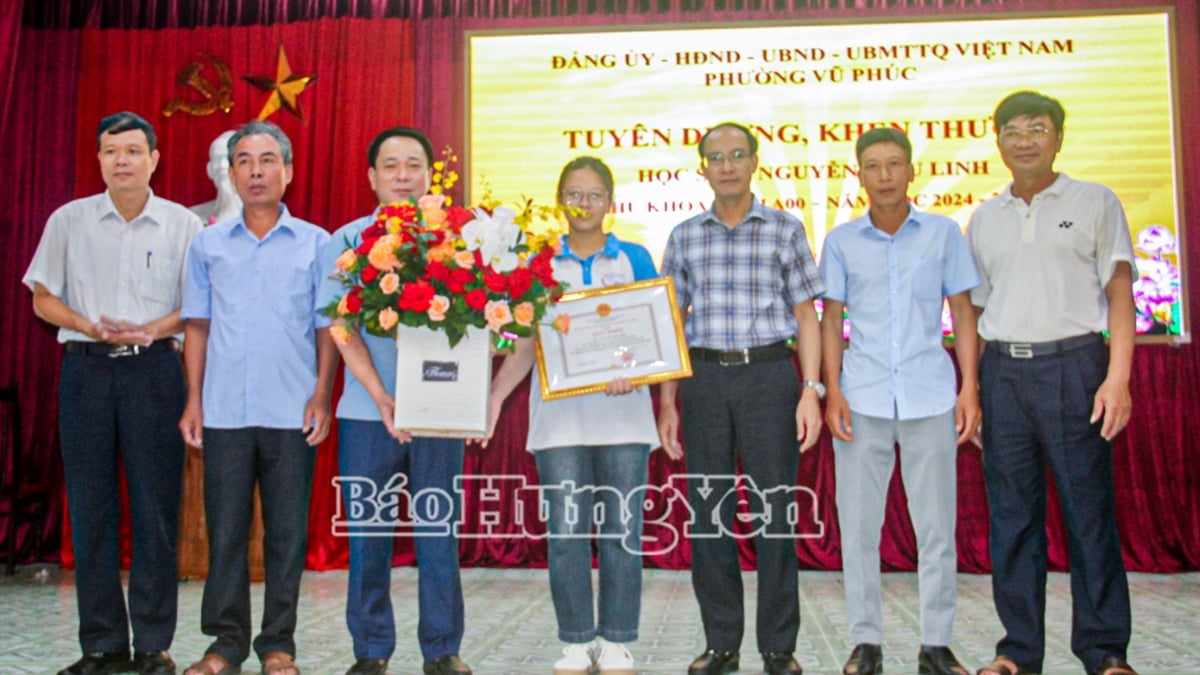

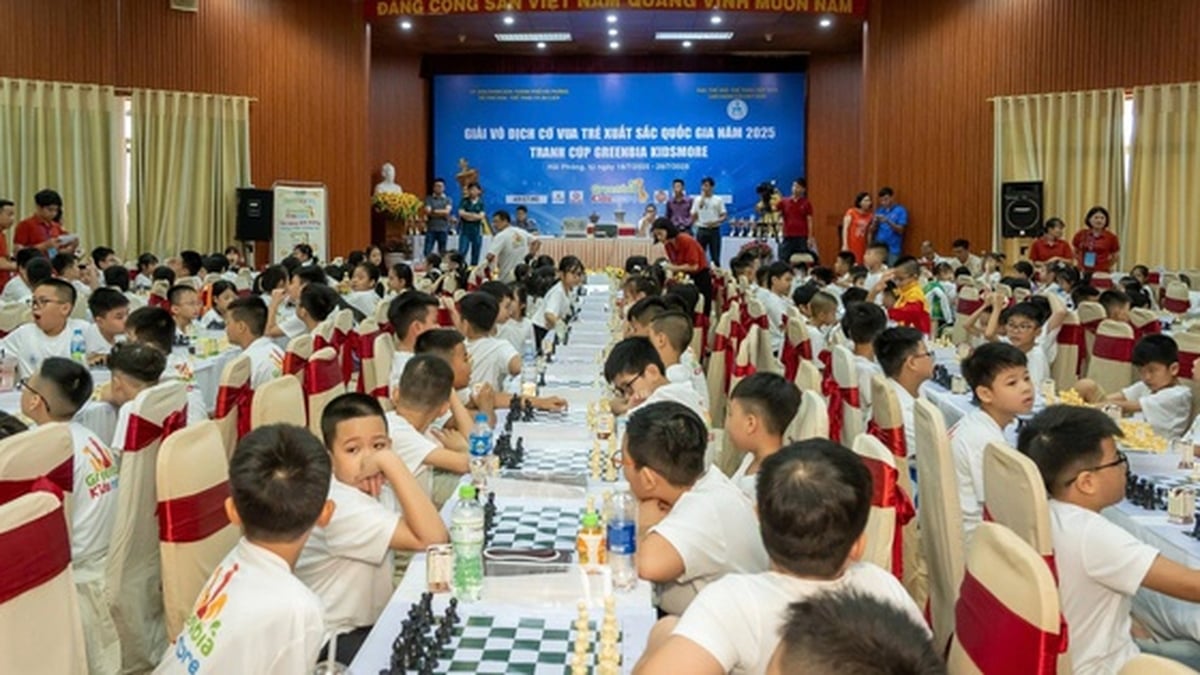

















































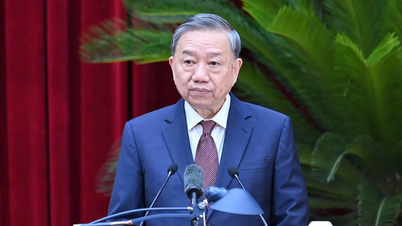
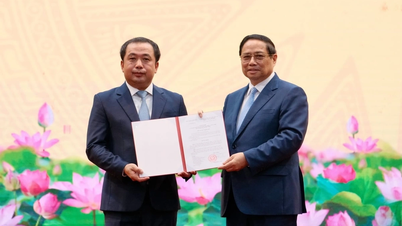






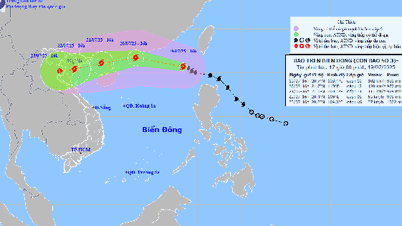




























Comment (0)